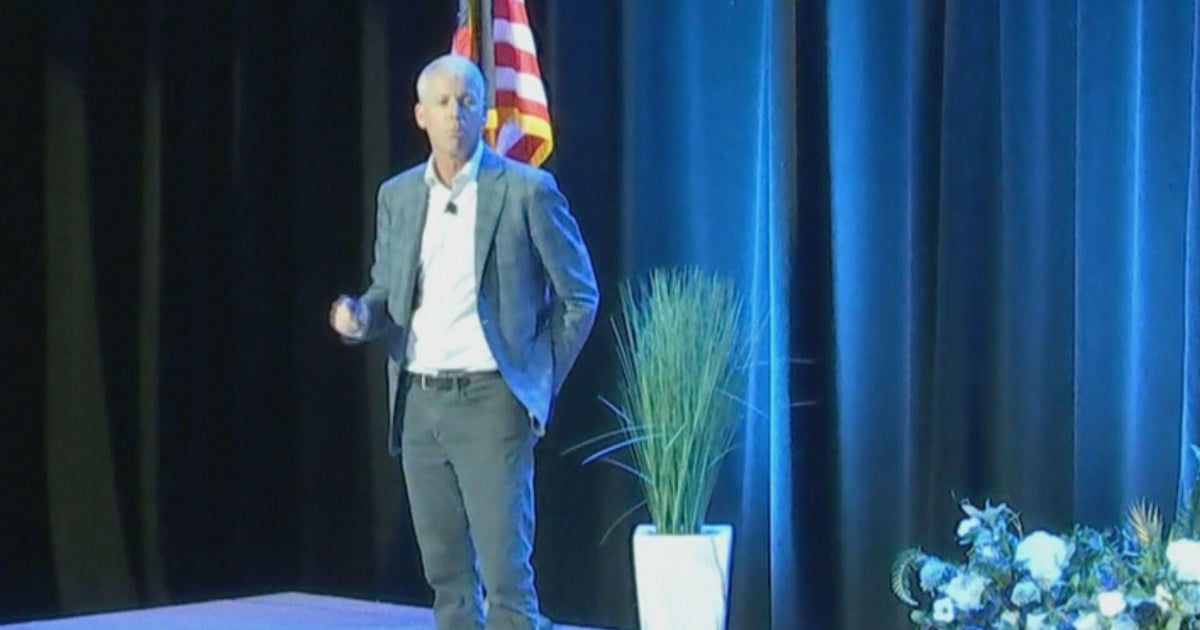Meet Apollo, the humanoid robot that could be your next coworker
Contrary to doomsayers' predictions, robots have yet to become our overlords — but they could soon become our coworkers.
That's the goal of electronics maker Apptronik, creator of Apollo, a mass-producible humanoid robot. The droid, which was unveiled in August, is designed to work seamlessly alongside humans in warehouses and manufacturing plants, taking up hard-to-fill jobs at companies grappling with labor shortages, the company said in a statement.
"We believe that Apollo is one of the most advanced tools humanity has ever created — how we apply it will change the way that we live and work," Jeff Cardenas, co-founder and CEO of Apptronik, said in a statement.
Apollo is 5 feet 8 inches tall and 160 pounds, and can lift up to 55 pounds. It has two arms and legs, dexterous fingers and a "human-like countenance" with small black eyes to facilitate "friendly interactions" with coworkers.
Those human-like features will allow it to work in warehouses and manufacturing plants in the "near term," the company said. In the future, the droid, described by Apptronik co-founder and CEO Jeff Cardenas as "the iPhone of robots," might also prove useful in retail, home delivery, and even elder care.
The robot communicates through a set of digital panels on its face and chest, on which are also displayed its charge and current task, along with "a human-like countenance." The robot's batteries supply four hours of running time, after which they can be swapped out to avoid prolonged work disruptions or plugged into a charge during which time it is not operational.
Apollo isn't the only robot that could soon be working alongside humans. In 2022, Tesla CEO Elon Musk introduced a prototype for an AI-powered humanoid robot called Optimus that can walk around and pick things up.
Boston Dynamics — whose robotic guard dog is already used commerically for security and data collection — is also developing a humanoid robot called "Atlas" that can lift boxes and even throw objects.
By 2025, robots could replace as many 2 million workers in the manufacturing sector alone, according to a report from economists at MIT and Boston University.





